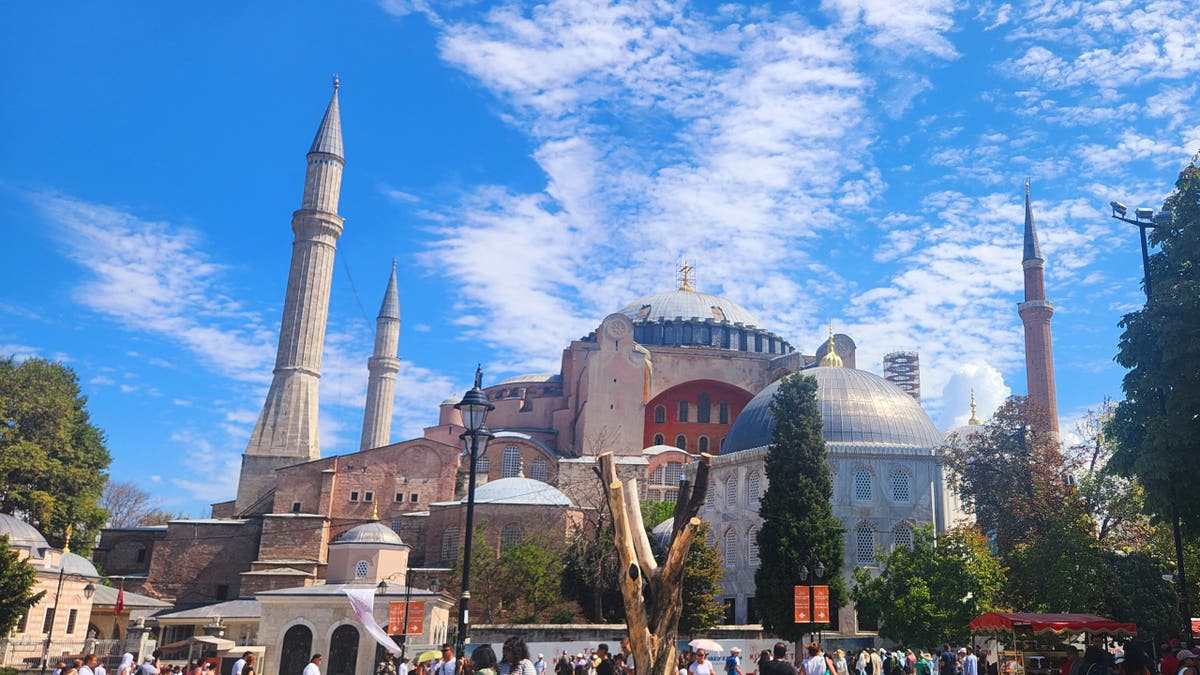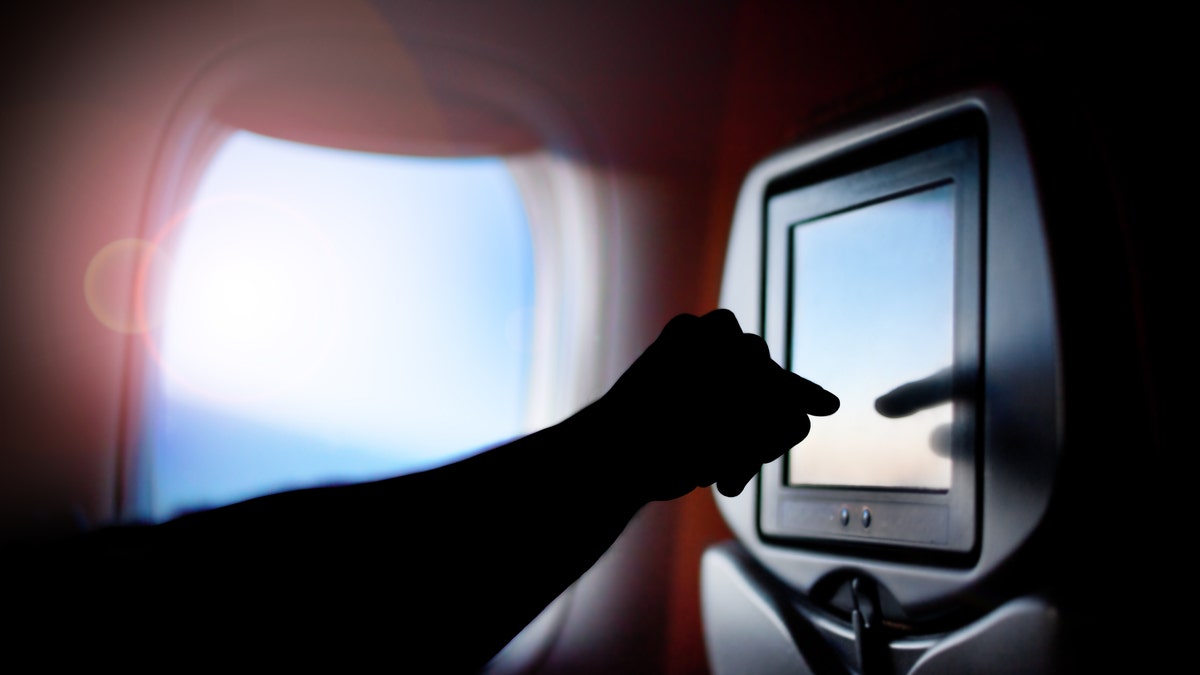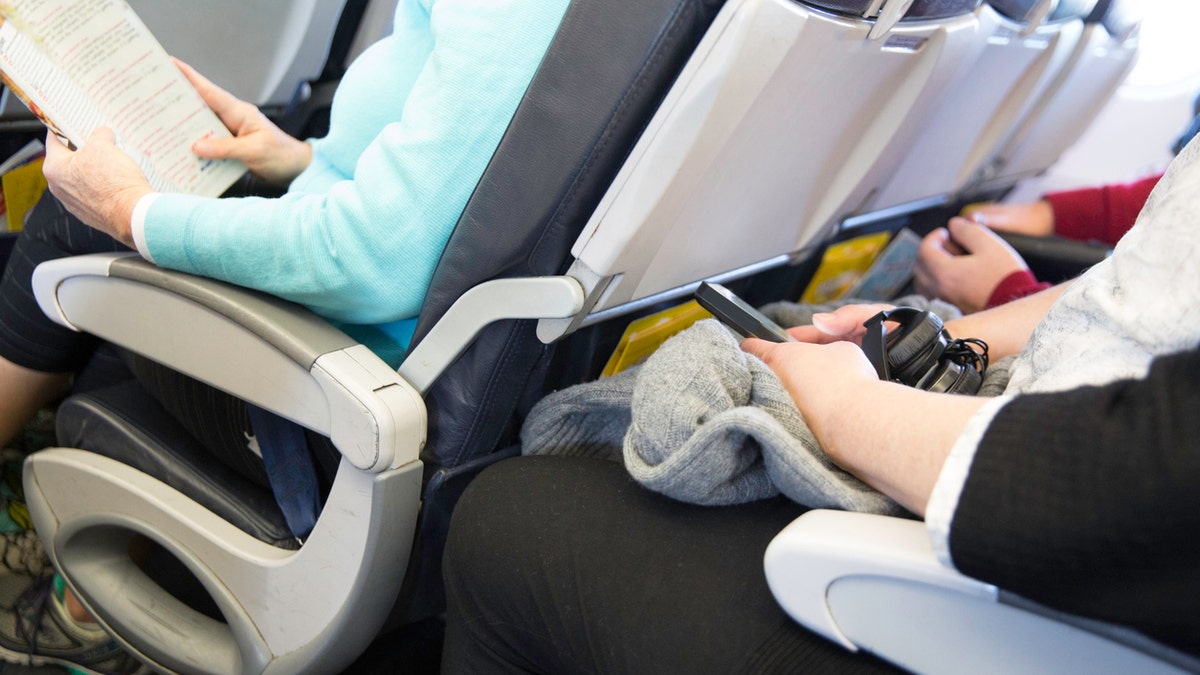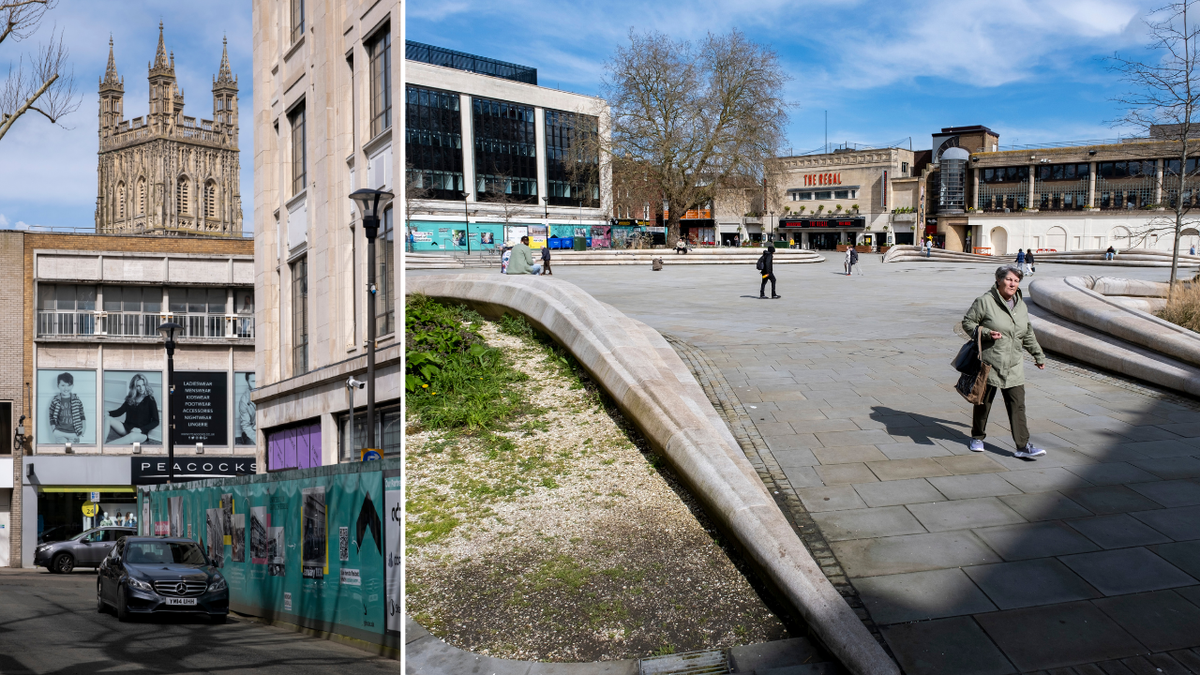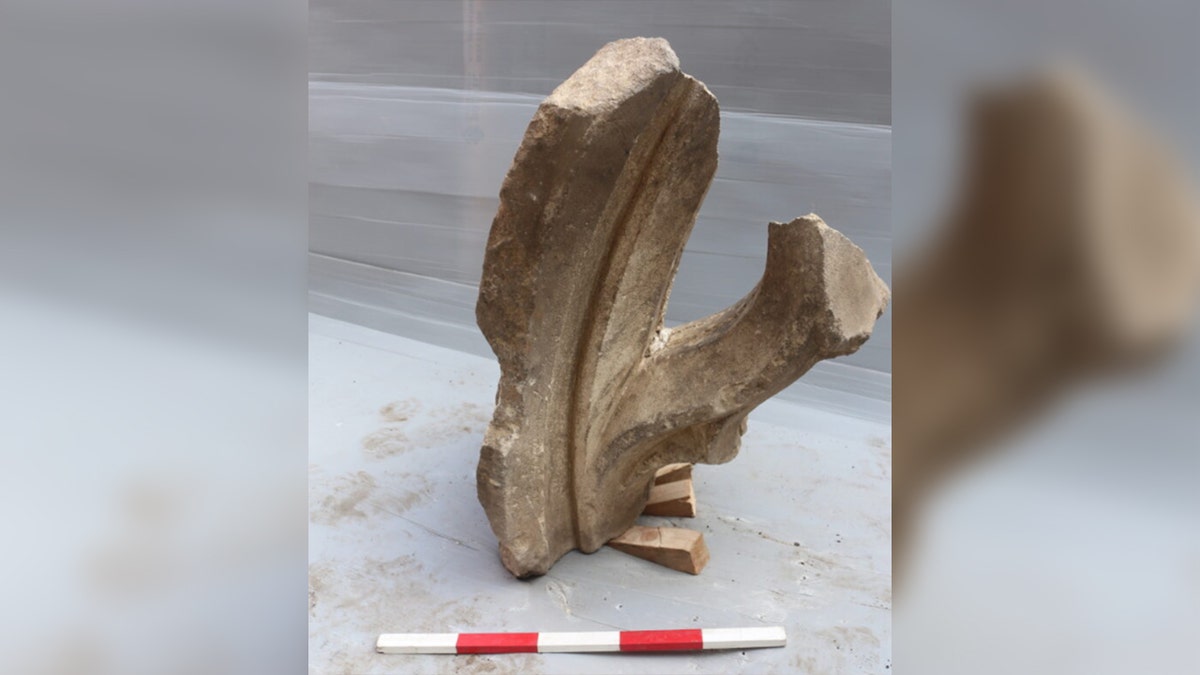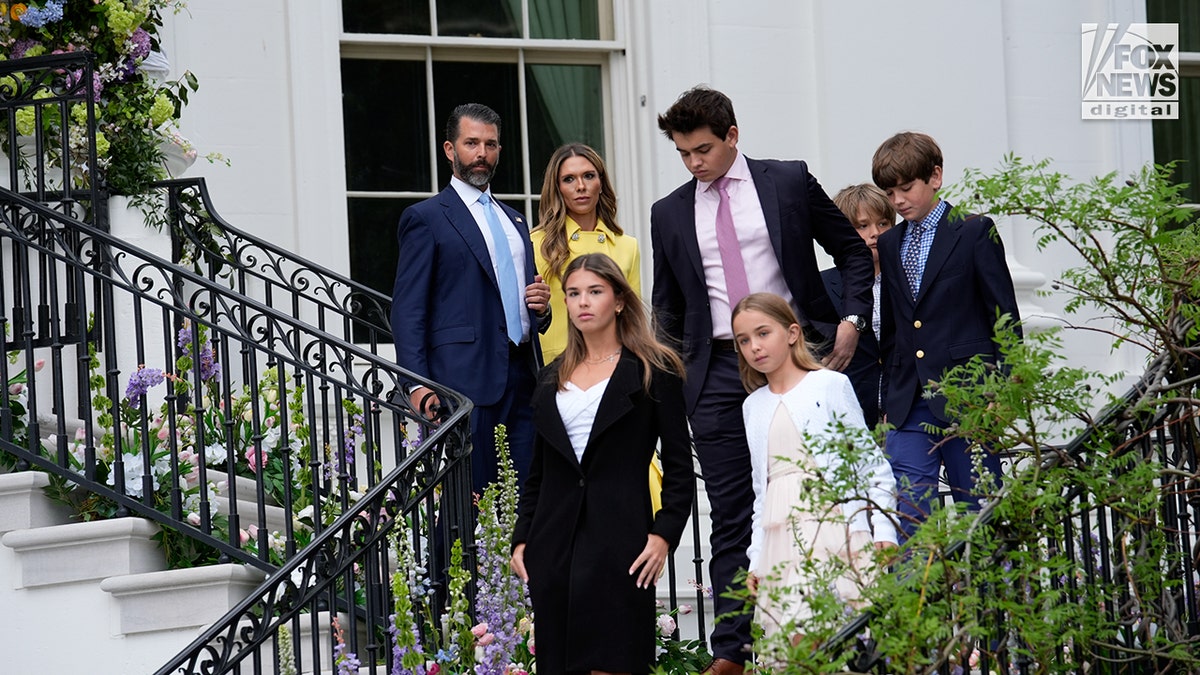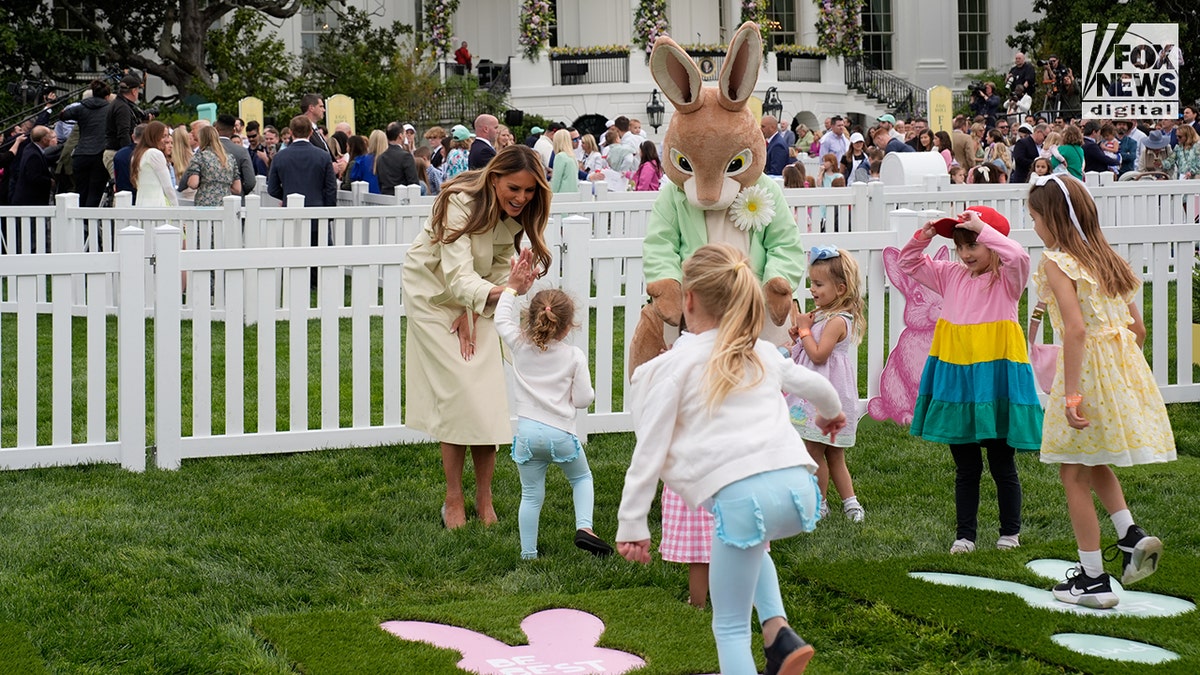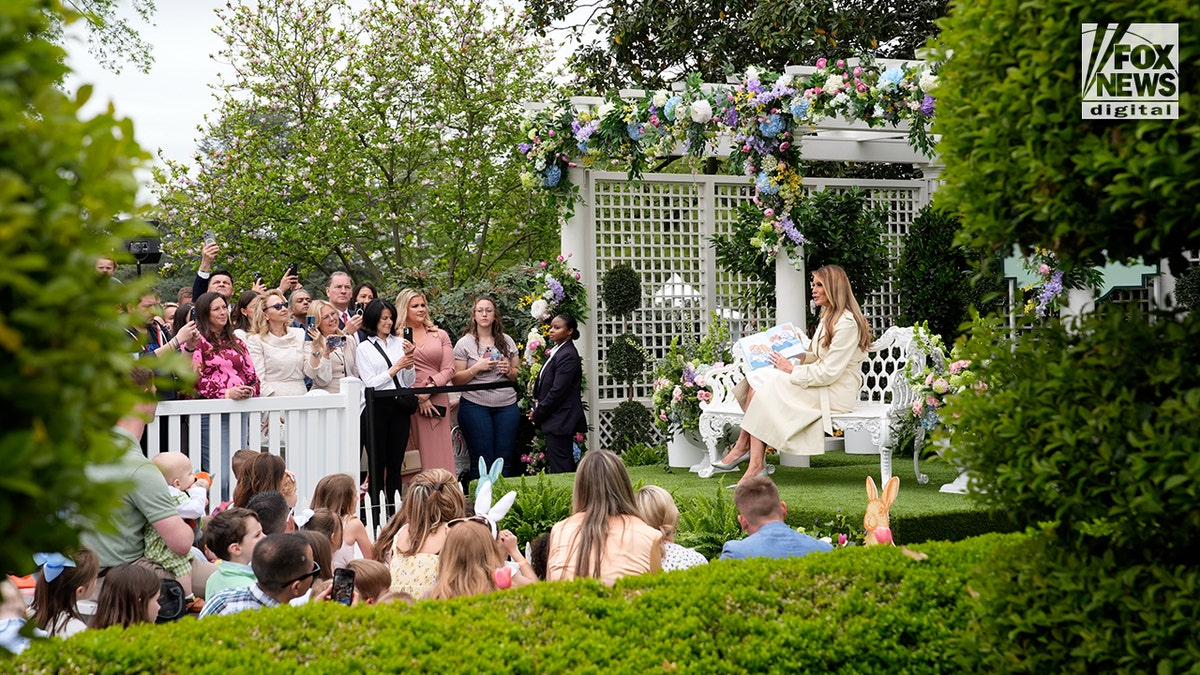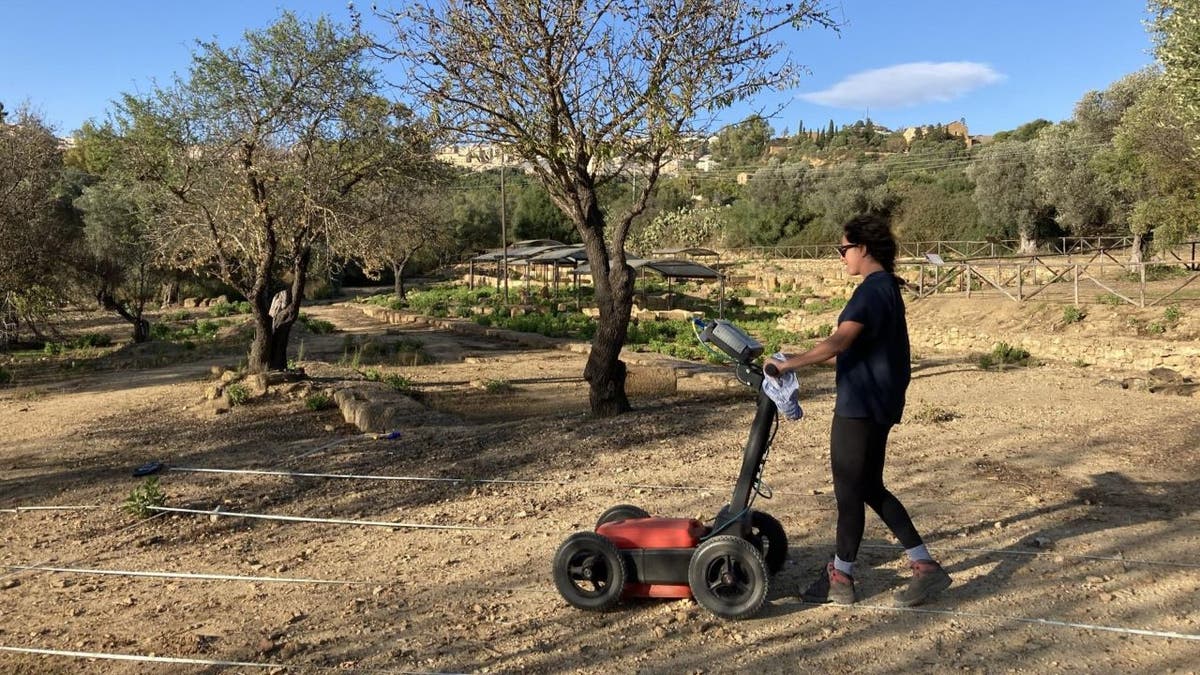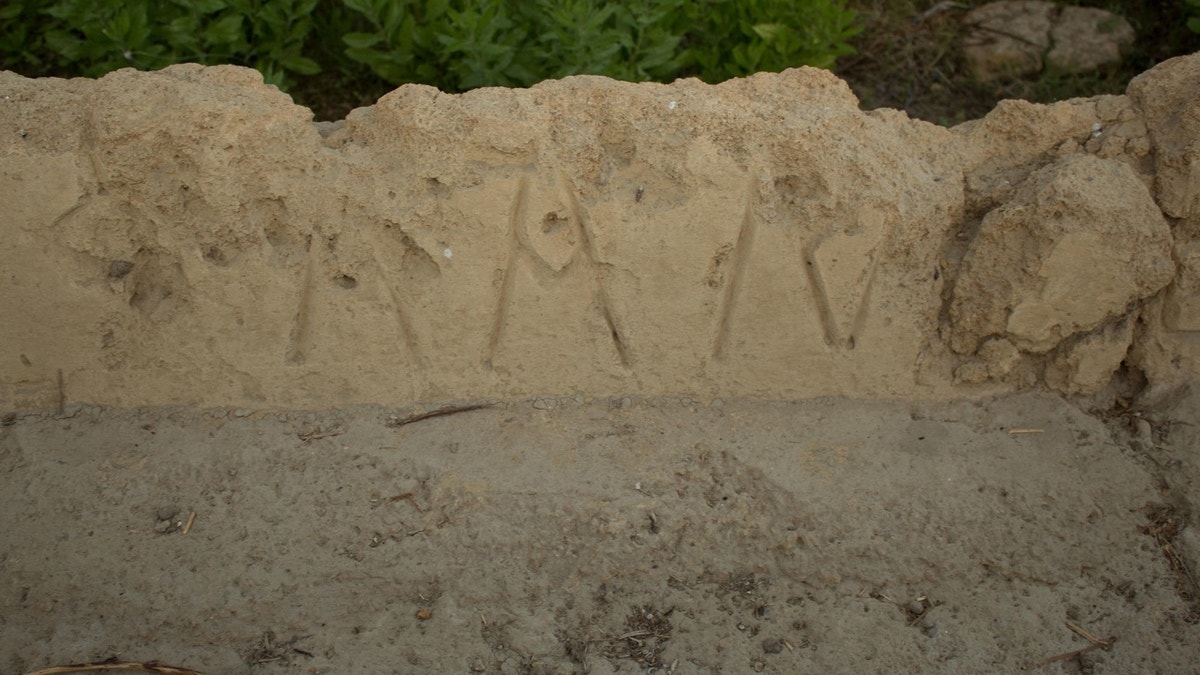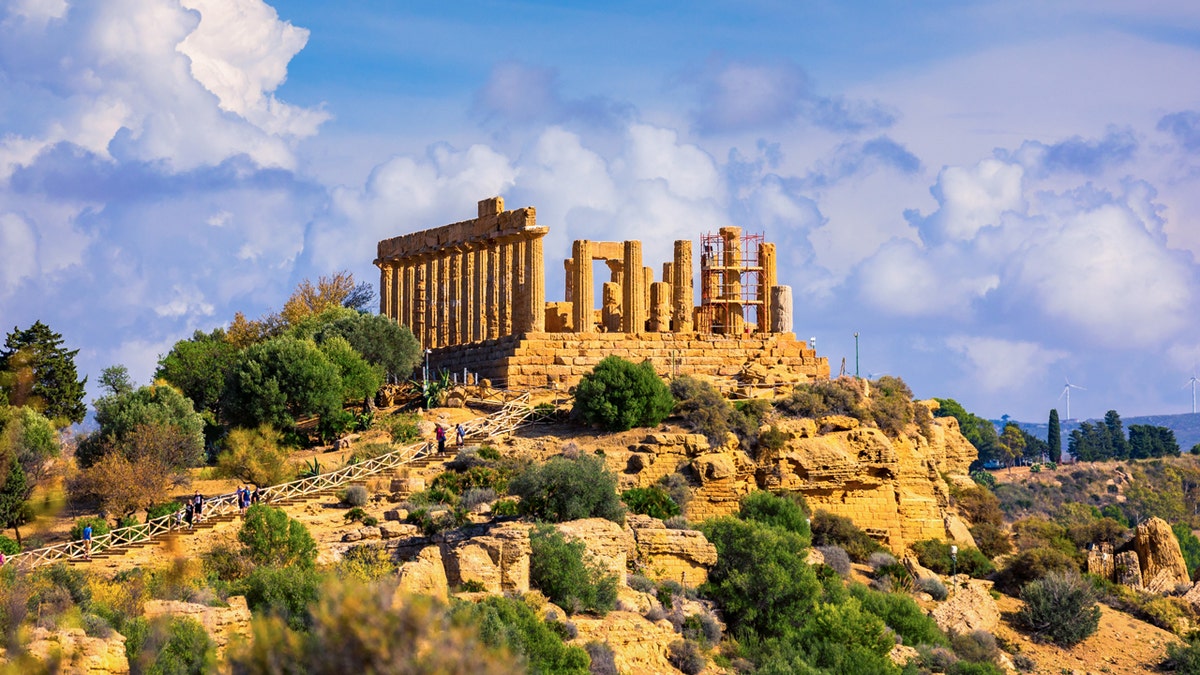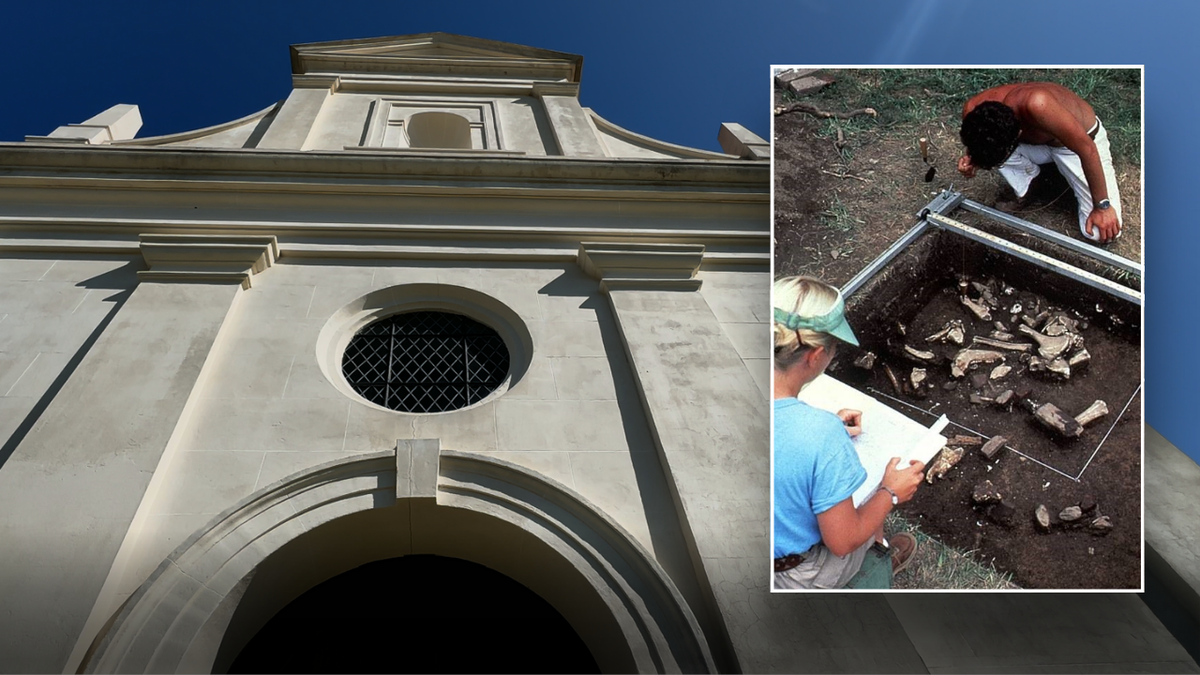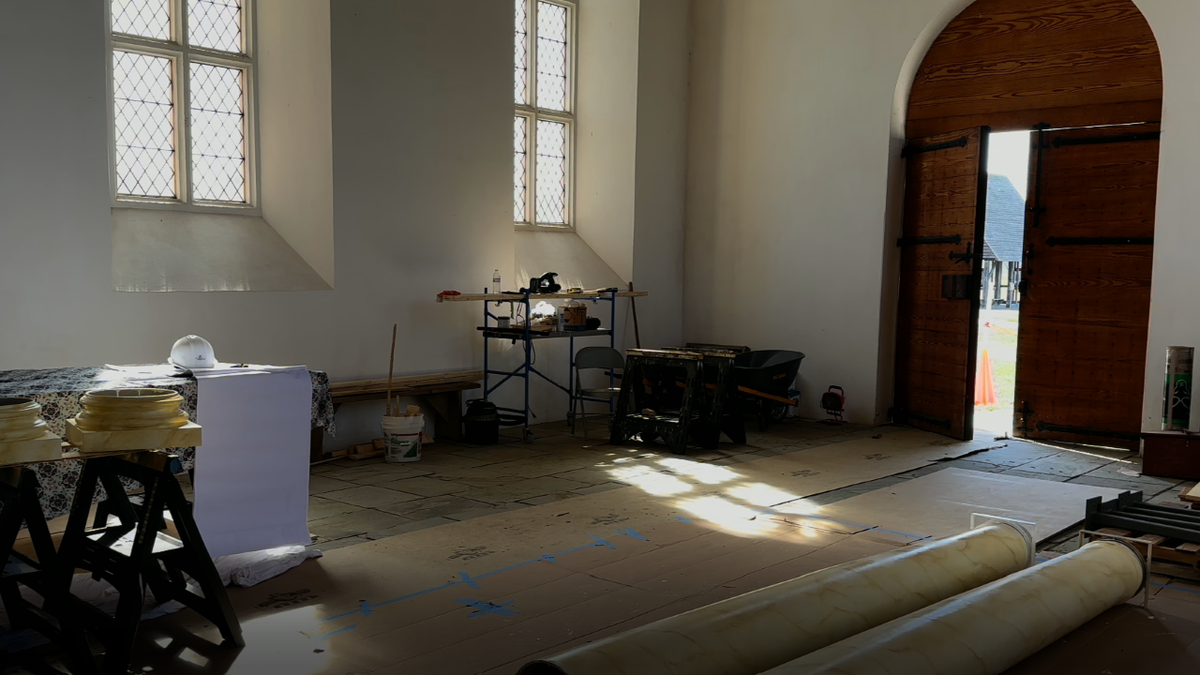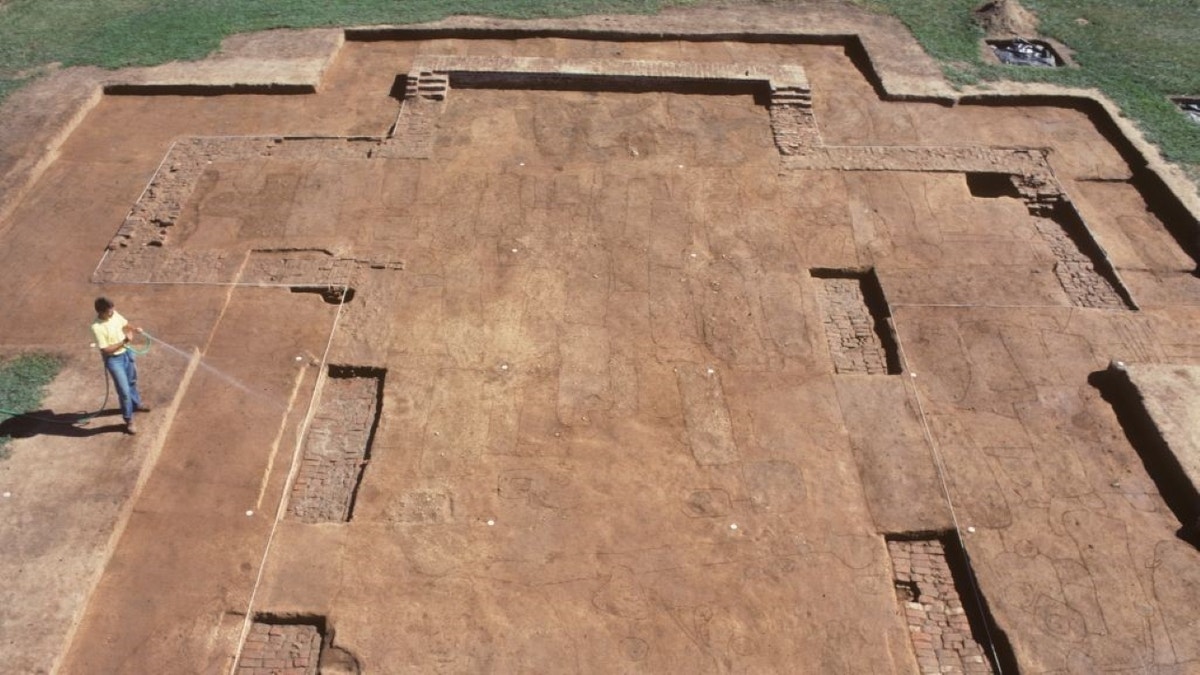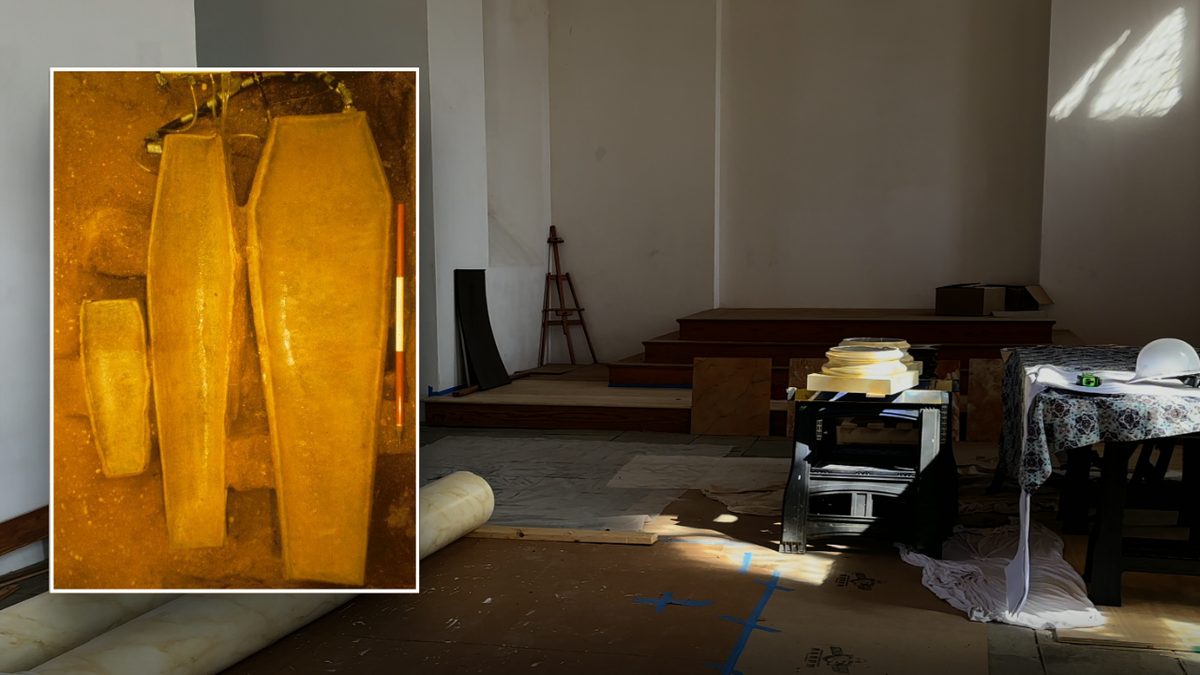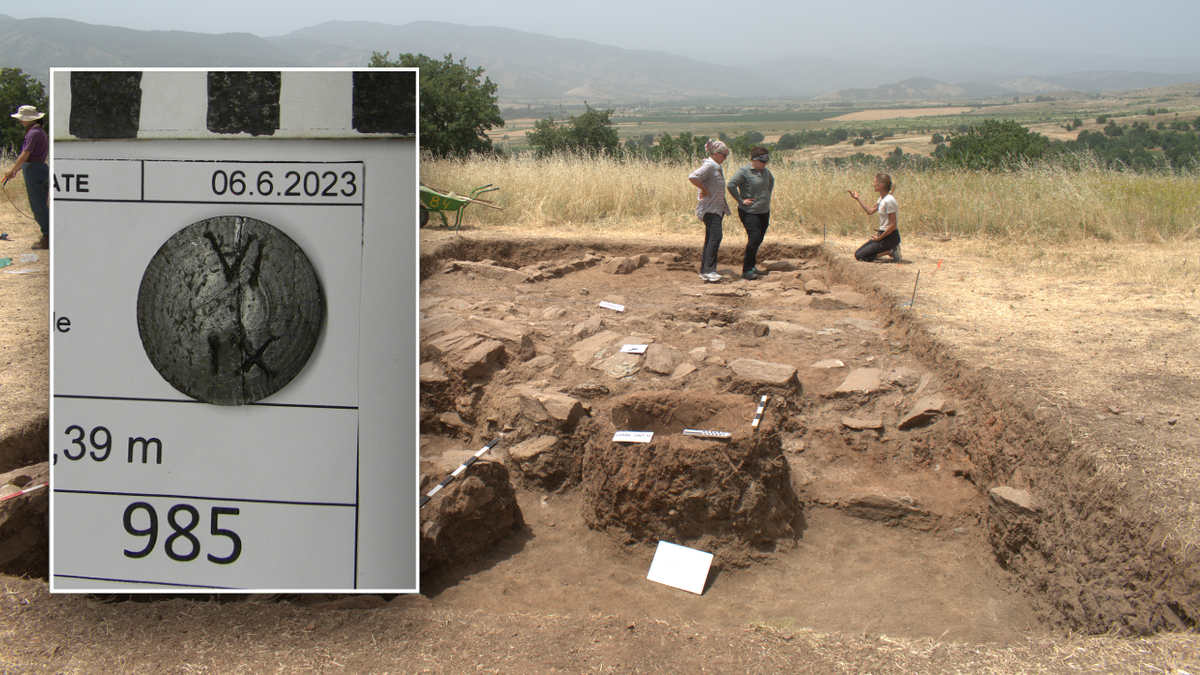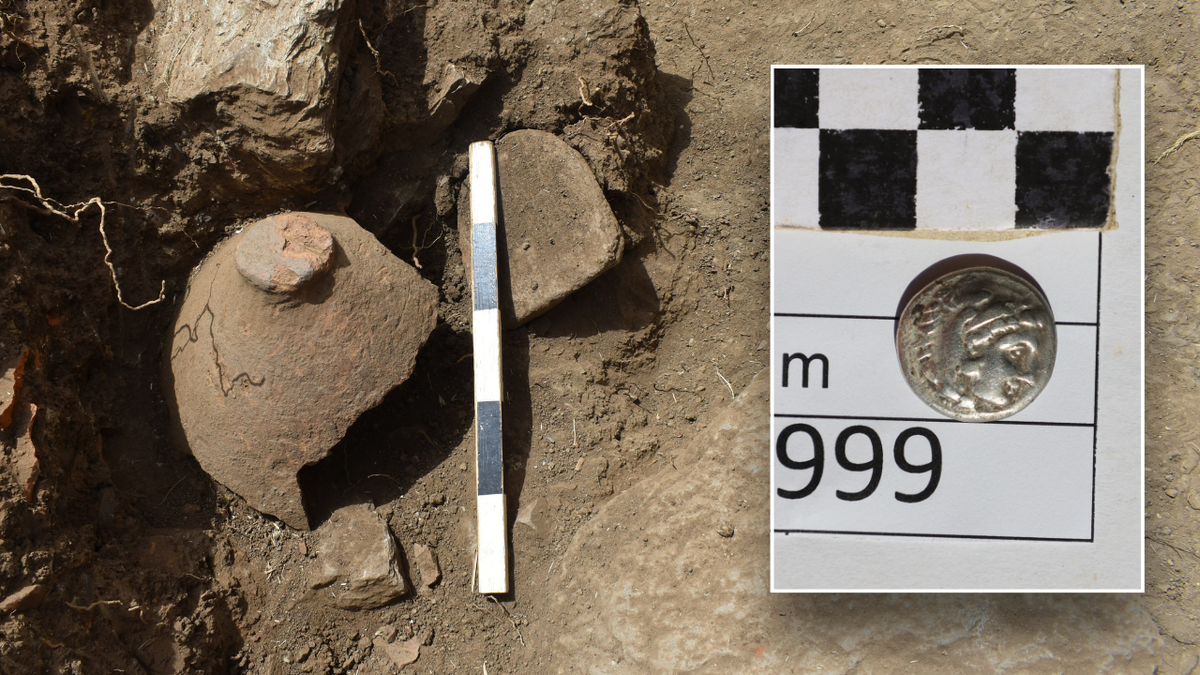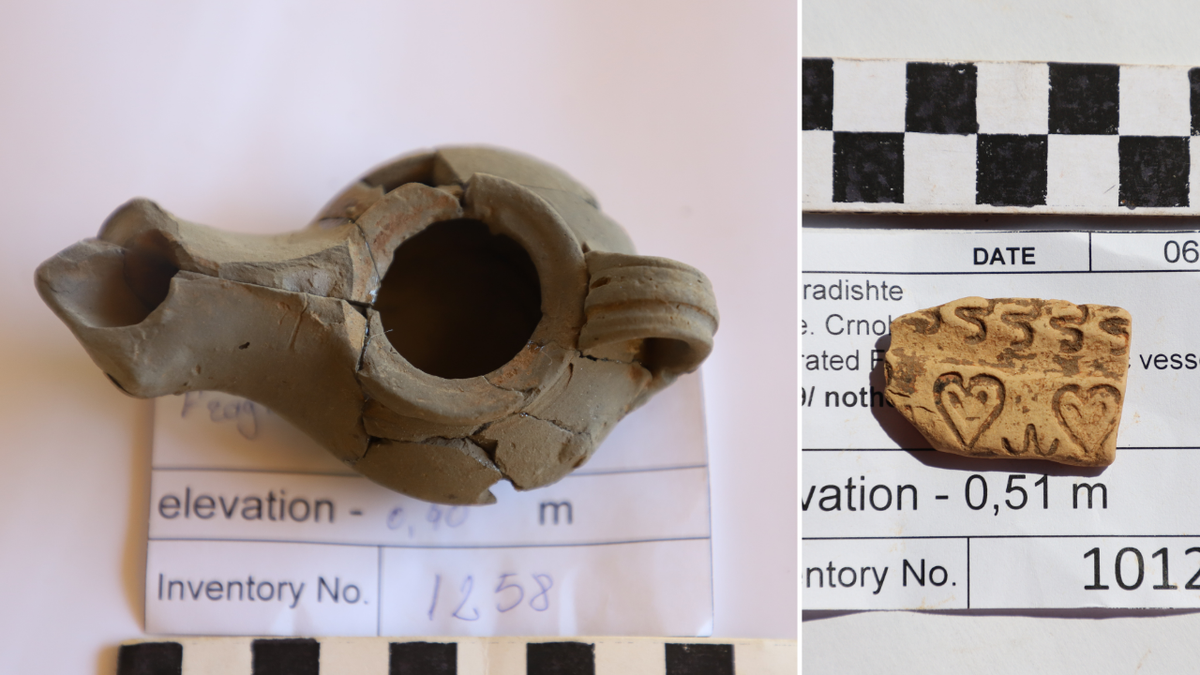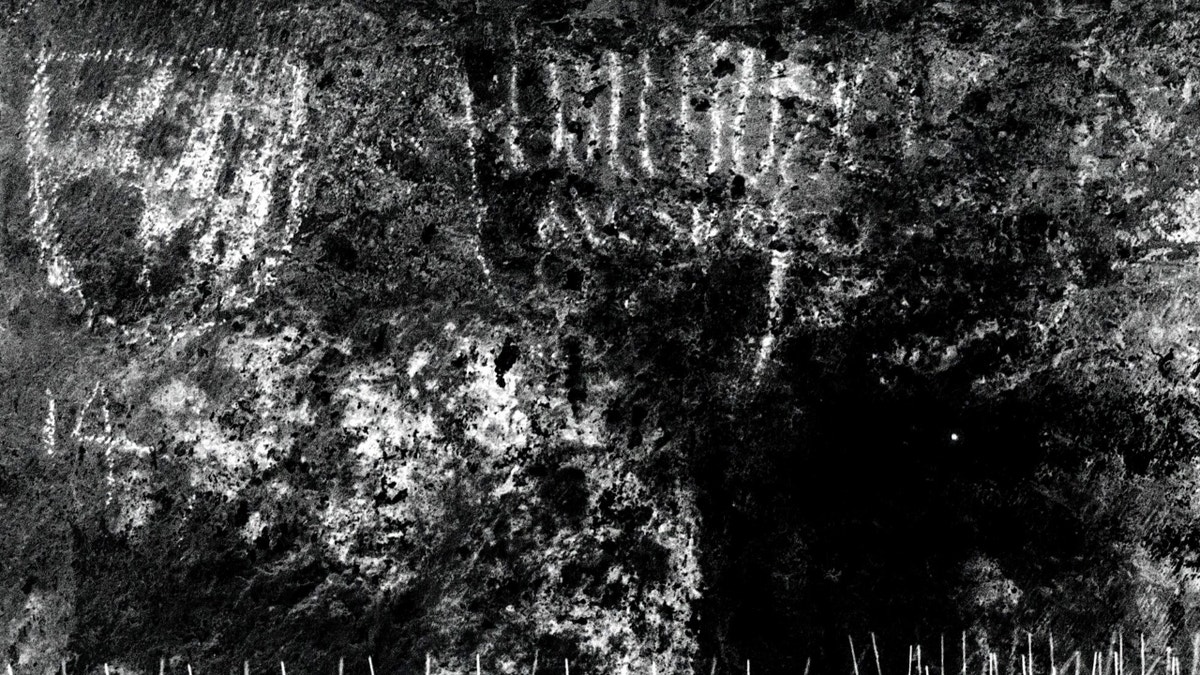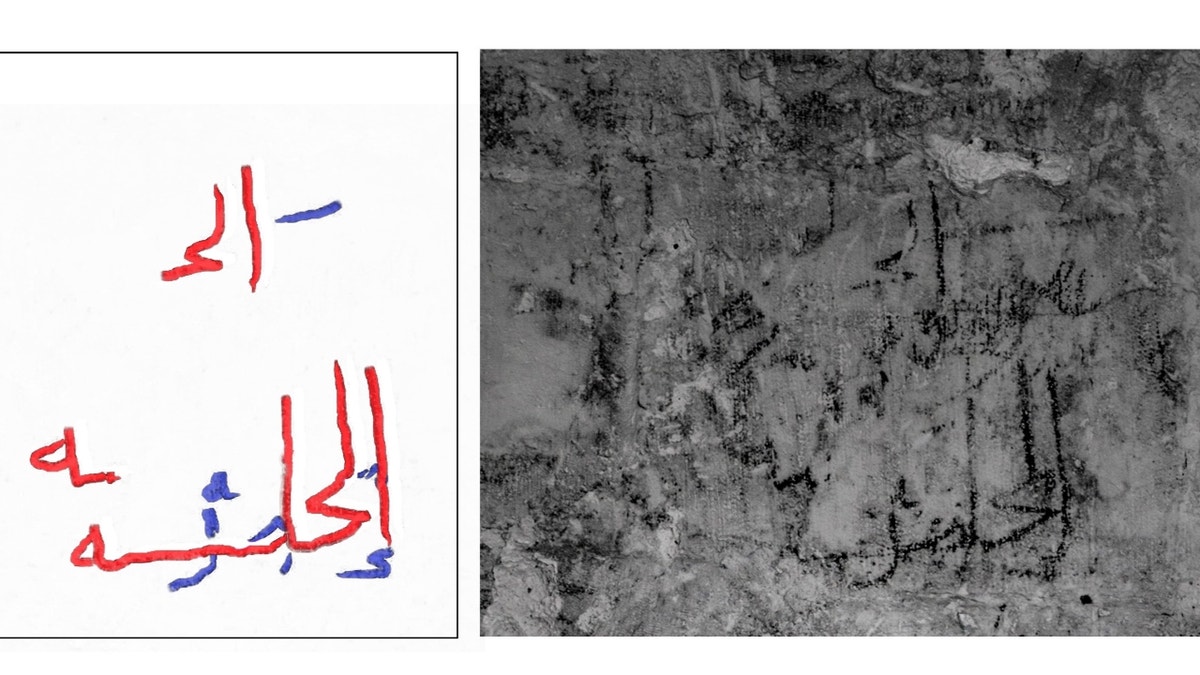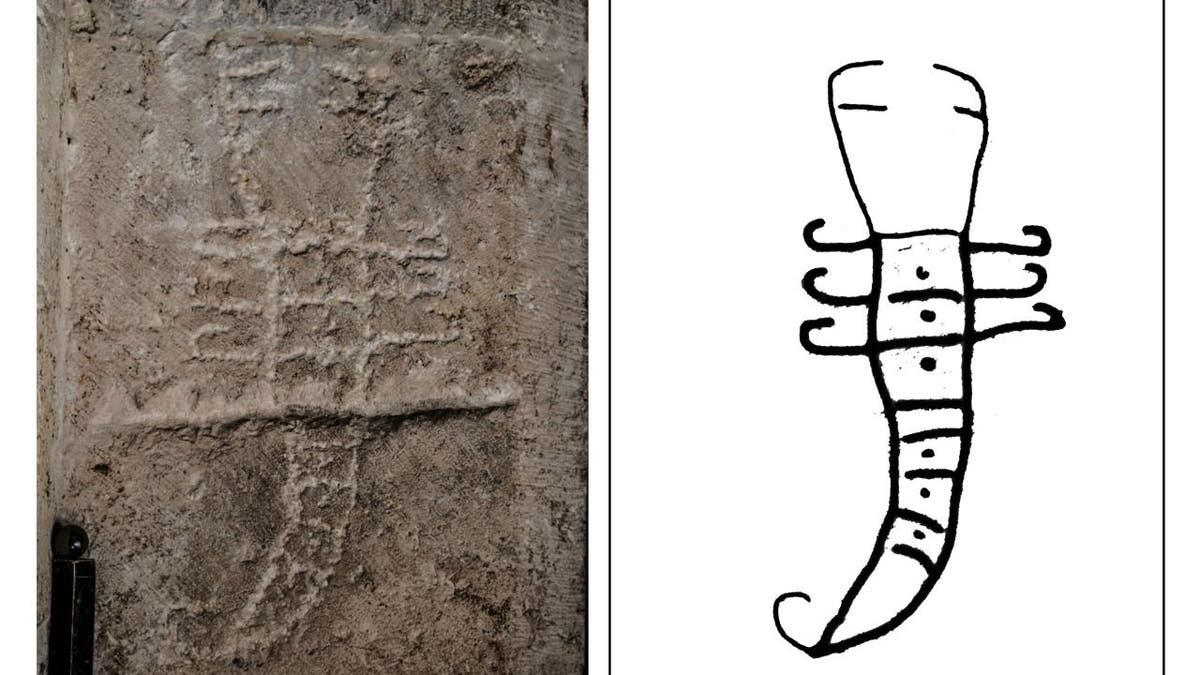Visitors have been able to take action in a 17th century Catholic Church in Maryland for the first time — more than 320 years of opportunity to create it.
Hist Tihasik St Mary City, an archaeological agency, opened its brick chapel on April 12. The building was originally built in 1667. St. Mary City is a colon ponytail located in St. Mary County on the west bank of the City City Chessapec.
Fox News Digital Henry Miller, PhD, Hist Tihasik St Mary City Senior Research Fellow, inaugurated, spoke to the results of multiple excavations since 1988. (Watch the video on top of this article))
The ancient settlement reveals the remains of 1,800 -year -old dog, astonished experts: ‘quite well reserved’
The first wood chapel was built on the site in 945, when the English troops were attacked by the English parliament by Maryland.
“But things were settled in the 1660s and the first big brick building in Maryland began to be built,” said Miller. “It was a very important architectural achievement for time and space.”
The church was “Center for Catholic worship in Maryland” until 1704, PhD Henry Miller, when a Protestant Governor closed the church. (Hist Tihasik St Mary City)
In the Colon Poetic era, it was usually forbidden by the law to have any churches in the Catholics, but Maryland proposed a significant exception.
“It was only because of Lord Baltimore’s independence principles, conscience and freedom of religion [the church] Can be made, “said experts.
Archaeologists discovered the long-haired tomb of unknown Pharaoh in Egypt
“So [the church] The beginning of the beginning of religious freedom is an important statement that is now in the United States and beyond it. “
Miller said the brick chapel was the center of the Catholic worship of Maryland until 1704, when the Colony’s Protestant Governor closed the door to the building, Miller said. Sheriff “The door is locked, [took] What is with her, and never allow again[ed] That building will be used for worship. “
Hist Tihasik St Mary City, an archaeological agency, opened its reconstituted brick chapel on April 12 after decades of historical tihasik work. (Hist Tihasik St Mary City)
Archaeologists say, “Freedom of faith, Lord Baltimore’s freedom of religion ended at that time,” the archaeologist said.
“A few years later, the building was demolished and it originally disappeared from philosophy and memory for over 200 years.”
“This building could not be built anywhere else in the English -speaking world at this time.”
The church was completely forgotten until the 5th, when an architectural historian identified the strange remains of the cross-shaped brick building.
Today, the Its Chapel-20 to 20 has a recently concluded interior, which properly captures the way the 17th century Catholic Church looks like that time.
Archaeologist
He said that Miller rebuilt the interior of the building in various ways, such as researching similar churches and receiving the art commonly used in the jesuit church, he said. Not much artwork on the site survives, thanks to Jesuits who break their church and re -use the materials elsewhere.
Miller said, “Jesuits were the first recycling … they took everything on the ground and re -used it,” said Miller.
“What we got is plaster, mortar and five feet deep, a lot of pieces of three feet wide brick foundation.”
Archaeologists Unravel the proof of the ancient Bible war on the Armedon site: ‘exceptional events’
Miller added, “We actually let the audience see some of the original brick kiln.” “There were weird stones we had to get there [and] We now know that they have imported 14 tonnes of stone from Europe to widen the floor of this building. “
However, the Church still retains some key features. Miller also mentions that the main residence of the church survived, with the lead coffins of the 17th century that visitors could see on the glass floor.
The Chapel needs a wide construction work and research to determine what the 17th century Catholic Church looks looks. (Hist Tihasik St Mary City)
Miller said, “The graves are both around and inside the chapel.” “The chapel probably contains 60 or 70 graves but there are 300 to 400 outside” “
He added, “This was the largest cemetery of the 17th century in Maryland.
Nevertheless, the process was challenging – and Miller was simply able to find a written details of Chapel, in the late 1690s.
For further lifestyle articles, see FoxNews.com/Lifestyle
The archaeologist says, “Francis Nicholson, a Protestant governor, was very anti -Catholic.” “And he said in a report,” Catholics have several chapel in Maryland, including a good brick chapel in St. Mary. ” ”
“We want you, as a visitor, walk and have an idea about what the 17th century person saw.”
Miller joked, “Oh, how do we wish he was a Verbose kind of man who gave us more information. But even for him it was ‘good’ there was probably an important formula.”
He added, “So it is based on a lot of different information. It’s just as much as we can come forward.”
Click here to sign up for our lifestyle newsletter
Nevertheless, Ian Tihasik emphasized that no formal worship would be held in the new building – instead, it would be present as an exhibition on the history of religious independence in Maryland.
Miller said, “The seeds of faith were planted there … the church and the first diaosis that were established in Maryland in 1790, said Miller. “So it’s really the founding place of the modern Catholic Church in the United States.”
The brick chapel is the correct reconstruction of the original 1667 structure on the same site (the foundation seen here) – and it has taken decades of historians to re -create the church. (Hist Tihasik St Mary City)
“But this is also a symbol, and that is important,” he said. “This building could not be built anywhere else in the English -speaking world at this time.”
Visitors may be surprised at the elegance of the church. Instead of a classic colon colon filled with wooden pews, there is no pw of Brick Chapel, instead of the church in New England.
Miller mentioned that the worshipers stood or kneel in the Calon -era Catholic church.
Miller added, “Pura Protestant is more than innovation.” Catholic Khutba was probably short enough. “
Visitors will be able to see the main lead coffins of the 17th century through a glass blade of Chapel. (Hist Tihasik St Mary City)
Miller said that decades of work created a “unique exhibition”.
The archaeologist says, “We also want you to walk, as a visitor, walk and have an idea about what the 17th century person saw,” the archaeologist said. “We have hidden the exhibits in the arms of the building, where you won’t see them until you get up.”
Click here to get Fox News app
“It’s a one that we’ve worked for more than 37 years, but I’m glad that it will end in the end and we can start this significant American story more effectively.”
Fox News Digital Brook Carto and Kyle Shamidbauer contributed to this report.

